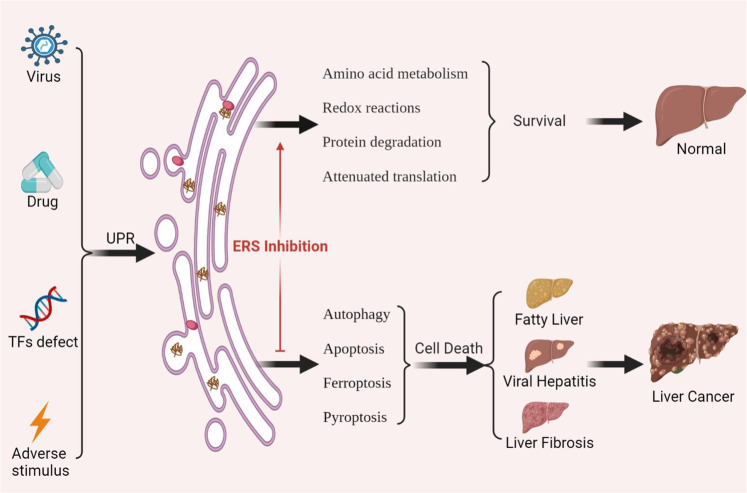Fig. 5. Liver injury and therapeutic pathways involved in UPR.
ERS and UPR are commonly induced in the liver in response to stimuli such as viruses, drugs, and high-fat diet (HFD). When stimulation is weak, it can be adaptively regulated by amino acid metabolism, redox reaction, protein degradation, and attenuated translation to maintain the normal physiological function of the liver. When the stimulation is enhanced or prolonged, it will cause cell death and lead to viral hepatitis, fatty liver injury, drug-induced liver injury (DILI), and even hepatocellular carcinoma (HCC). Therefore, ERS can also regulate cell death in the process of liver injury to achieve the therapeutic effect of liver injury.

